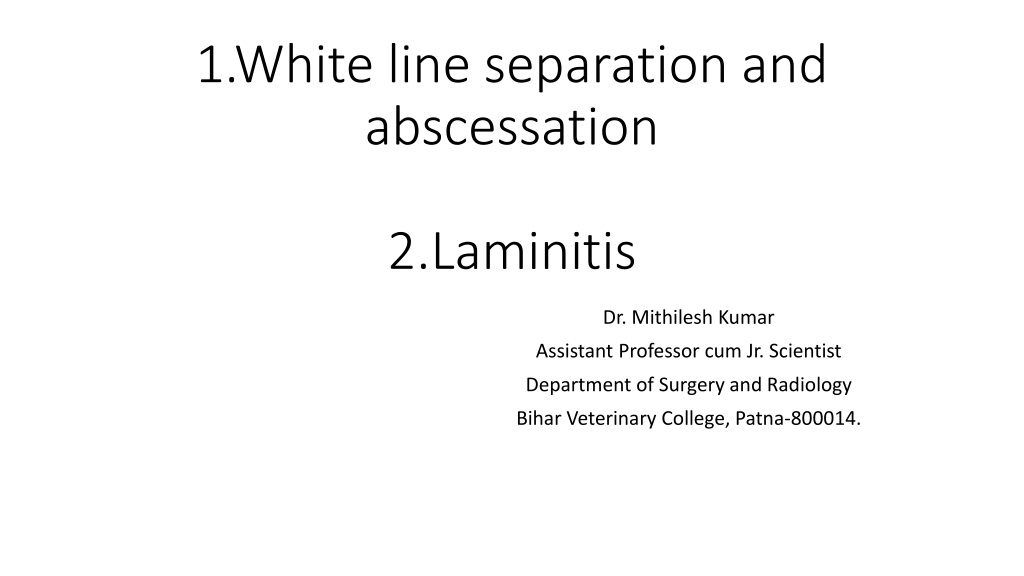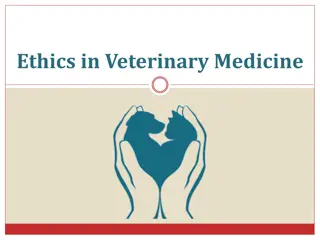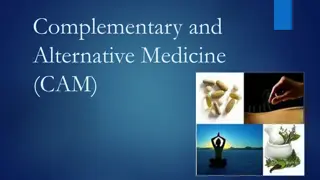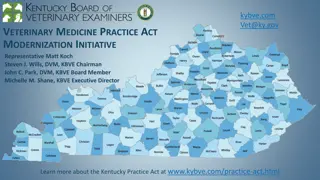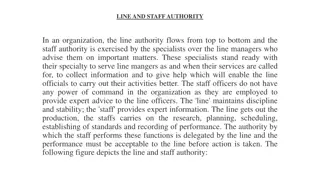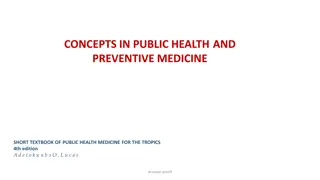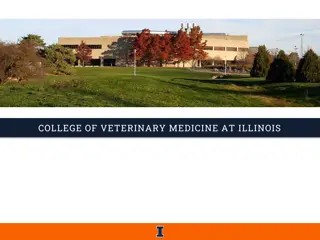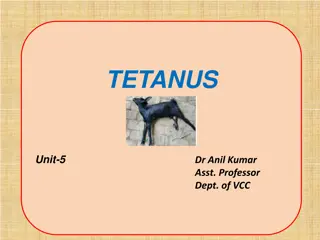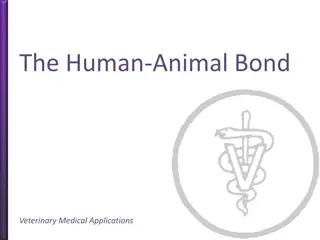Understanding White Line Disease and Laminitis in Veterinary Medicine
White line disease is characterized by wall separation with cavity impacted by mud or abscess formation, leading to lameness in animals. Treatment involves trimming, drainage, and antibiotic therapy. Laminitis is inflammation of the pododerm, causing acute pain, lameness, and hoof abnormalities. Predisposing factors include feeding stress and trauma. Recognizing signs and prompt treatment are crucial for managing these conditions.
Download Presentation

Please find below an Image/Link to download the presentation.
The content on the website is provided AS IS for your information and personal use only. It may not be sold, licensed, or shared on other websites without obtaining consent from the author. Download presentation by click this link. If you encounter any issues during the download, it is possible that the publisher has removed the file from their server.
E N D
Presentation Transcript
1.White line separation and abscessation 2.Laminitis Dr. Mithilesh Kumar Assistant Professor cum Jr. Scientist Department of Surgery and Radiology Bihar Veterinary College, Patna-800014.
Synonym: white line disease. Definition: abaxial, or less commonly axial, wall separation from laminae at sole-wall area extending proximally, with cavity impacted with mud, faeces; or with development of abscess cavity at deepest part (abscessation). Incidence: high and in some areas is major cause of digital lameness.
Signs moderate lameness white line wider than usual. separation evident on paring, no pain cases of white line abscessation are lame and have pain localised to wall internal wall abscess advanced cases have supracoronary septic sinus discharge.
Treatment routine trimming of all digits pare off wall over impacted and septic area to achieve drainage and prevent further impaction also remove all under-run sole (some cases have a large false sole ) apply local antiseptic dressing (e.g. oxytetracycline spray) and firm dressing normal shape of claw in septic cases give broad spectrum antibiotics for three days
LAMINITIS (coriosis) Synonym: coriosis, founder . Definition: diffuse acute, subacute, subclinical or chronic inflammation of pododerm, usually in several digits. Chronic cases without acute stage are often seen. Incidence: sporadic acute cases, widespread subacute, subclinical and chronic cases commonly in dairy units, high incidence in recently calved heifers and younger cows around parturition.
Predisposition: inherited factors (proven in Jersey) parturition feeding stress (ruminal lactic acidosis, subacute ruminal acidosis or SARA) from change of dry cow concentrate diet to high production rations. exacerbation by trauma (overburdening), as in excessive standing due to reluctance to use cubicles.
Signs acute stage: painful hot digit, digital arterial pulsation, general depression, severe lameness, abnormal stance, possibly recumbent subacute: less painful but persistent stiffness, stilted gait, solear and white line haemorrhages. chronic: stiff gait or not lame, slipper foot malformation with horizontal lines on wall, concave dorsal wall, widened white line and evidence of old solear and white line haemorrhages.
Treatment acute stage: give systemic NSAIDs (flunixine meglumine or meloxicam) or possibly corticosteroids (only if non-pregnant) and diuretics ensure exercise (to improve local circulation and further reduce developing oedema), preferably by turning on to soft ground, e.g. field remove any precipitating dietary causes feed no concentrates until acute phase is over in recumbent case consider digital nerve block to get heifer or cow to stand, then forced exercise subacute stage: as in acute case chronic case: hoof trimming
Prophylaxis: avoid large amounts of prepartum concentrates ( steaming up lead feeding ), which should not exceed 2 kg daily avoid high intake of concentrate in early lactation, and aim at peak yield about six weeks postpartum roughage immediately before and after concentrate intake, or consider change to complete diet feeding if problem persists improve buffering capacity of rumen fluid (avoid lactic acidosis or SARA) by increasing saliva production: give iodide or rock salt, grass or lucerne nuts in concentrate
consider adding 1% sodium bicarbonate to concentrate ration, which should be fed as three to four daily portions ensure plenty of exercise in both pre- and post-partum weeks avoid exposure to excessive sole wear from long stony tracks, rough concrete high fibre diets should be used in rearing dairy heifers in long term planning ensure regular claw examination and trimming
Discussion Excess lactic acid production alters rumenal bacterial flora, and causes release of bacterial endotoxins involving histamine release and stagnation of blood in laminae of digital horn, with consequent hypoxia and functional ischaemia. Ischaemic necrosis of the corium and laminae heals by fibrosis. These tissues then inevitably produce defective (soft, poor quality) horn. Toxic conditions (mastitis, metritis) may also contribute to development of laminitis in some dairy cattle.
